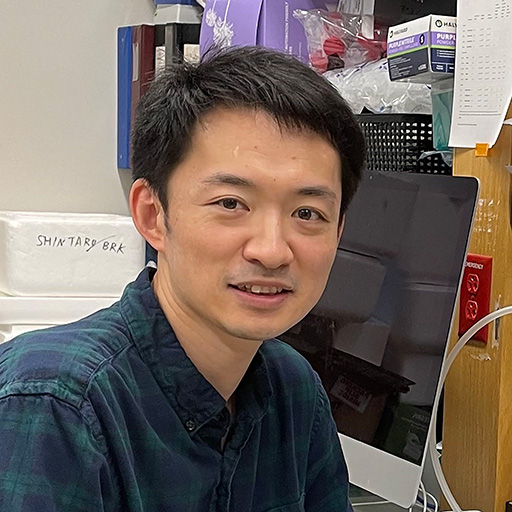An Integrated Microfluidic Model of Subretinal Tissue to Study Age-Related Macular Degeneration

About the Research Project
Program
Award Type
Standard
Award Amount
$200,000
Active Dates
July 01, 2019 - June 30, 2024
Grant ID
M2019109
Goals
The lining of the back of our eyes, including retinal pigment epithelial cells and blood vessels, supports our highly specialized photoreceptors. Blindness can occur if these cells and tissues do not work properly. By understanding how the layers work with one another, we can better understand how they behave normally and during disease. With our background as biological engineers, we will design a multi-layered model with human cells and blood vessels that realistically mimics the back of the eye under varying conditions to develop treatments that can effectively stop blindness.
Summary
My research team and I are building a better model of the back of the eye so we can work towards figuring out why new blood vessels invade the retina and cause blindness during age-related macular degeneration. We will replicate three layers of the outer retina: retinal pigment epithelial (RPE) cells, Bruch’s membrane, and the choroid. The RPEs support the photoreceptors and regulate many normal retinal functions, the choroid is the vascular layer of the eye, and Bruch’s membrane is the thin layer without cells between the RPE and choroid. As a bioengineering lab, our expertise lies in developing materials and methods to replicate these layers. We will investigate new materials to mimic the thinness and biocompatibility of Bruch’s membrane in vivo. We will also develop a microfluidic device that supports choroidal blood vessel growth. By putting these layers together, we expect to have a functioning model of the outer retina that can be manipulated to also mimic changes that contribute to age-related macular degeneration. We will use our results to better understand how choroidal blood vessels form during age-related macular degeneration. Eventually, this model will be a platform for studying others complications leading to age-related macular degeneration and discovering more effective therapies for combating new blood vessel invasion into the retina.
Grants
Related Grants
Macular Degeneration Research
Innovative Night Vision Tests for Age-Related Macular Degeneration
Active Dates
July 01, 2024 - June 30, 2027

Principal Investigator
Maximilian Pfau, MD
Innovative Night Vision Tests for Age-Related Macular Degeneration
Active Dates
July 01, 2024 - June 30, 2027

Principal Investigator
Maximilian Pfau, MD
Macular Degeneration Research
The Development of a Transplant-Independent Therapy for RPE Dysfunction
Active Dates
July 01, 2024 - June 30, 2026

Principal Investigator
Shintaro Shirahama, MD, PhD
The Development of a Transplant-Independent Therapy for RPE Dysfunction
Active Dates
July 01, 2024 - June 30, 2026

Principal Investigator
Shintaro Shirahama, MD, PhD
Macular Degeneration Research
Immune Cell Traps in Inflammation and Wet Age-Related Macular Degeneration
Active Dates
July 01, 2023 - June 30, 2026

Principal Investigator
Matthew Rutar, PhD
Immune Cell Traps in Inflammation and Wet Age-Related Macular Degeneration
Active Dates
July 01, 2023 - June 30, 2026

Principal Investigator
Matthew Rutar, PhD



